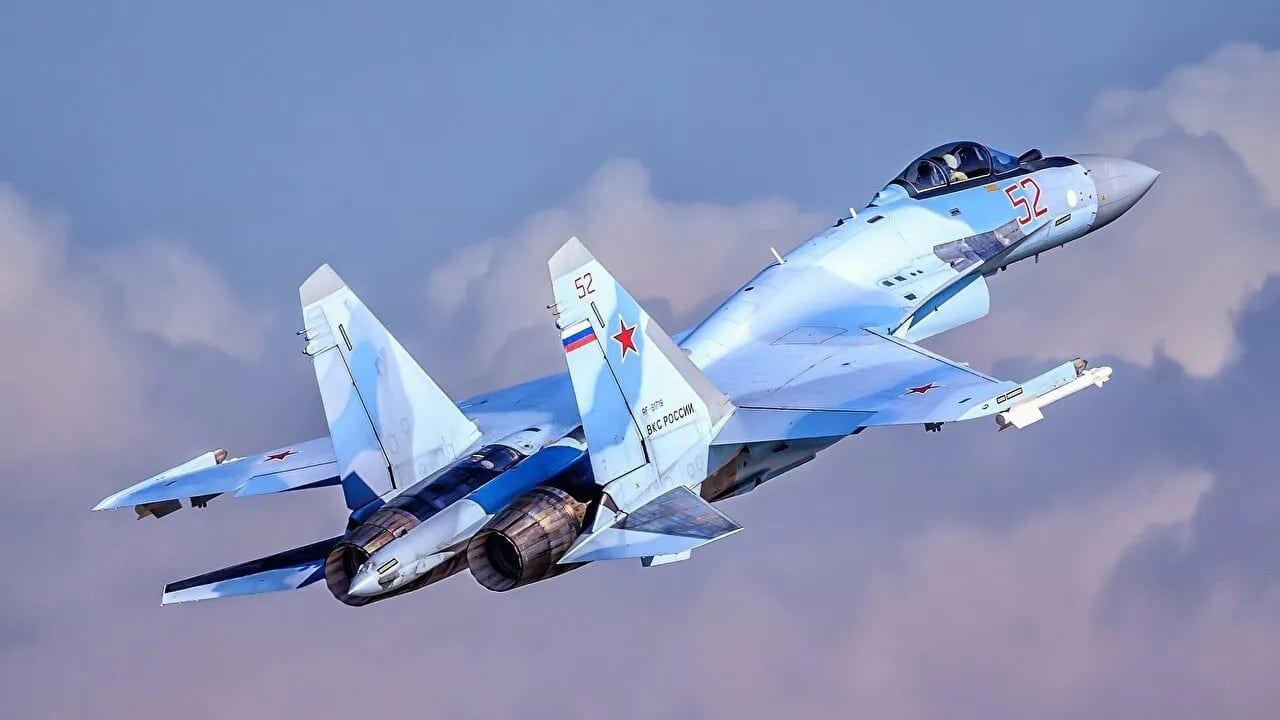Lithuanian legislators voted on Tuesday to ban the public display of the Russian military “Z” symbol that has become synonymous with support for the Russian invasion of Ukraine. The Lithuanian parliament voted to ban all public displays of both the “Z” and the “V” symbols, as well as the orange Georgian ribbon and any other symbol used to represent support for the Russians.
Those found guilty of using the symbols or promoting materials that contain them will be fined between €300 and €700.
For repeat offenders, the fine can increase to anywhere between €600 and €1,200. Owners of companies that display the banned symbols will also be fined as much as €1,200.
Freedom Party MP Monika Ošmianskienė, who proposed the legislation, said that the police will be given the ability to impose fines on an “even-wider range of pro-aggression symbols” as a result of the new law, which builds on existing legislation that bans the display of communist and Nazi symbols.
In June 2008, the Lithuanian Parliament first adopted amendments to existing domestic laws on freedom of speech, prohibiting the public display of Soviet and Nazi German flags, the signing of authoritarian national anthems, and the use of Nazi and communist uniforms.
“Under the amendments, during public rallies and other mass gatherings, the use of portraits of Soviet and Nazi leaders; uniforms and symbols of Nazi and communist organizations, such as swastikas and the Soviet hammer and sickle; and the red star is a misdemeanor subject to heavy fines and possible cancellation of a political organization’s registration,” a report from 2008 described at the time.
The latest law aims to build on that legislation by identifying pro-Russian logos and symbols as representative of authoritarian aggression.
“What is very important is that military aggression, whether carried out in the past or not, is left out,” Ošmianskienė said.
What Is the Z Symbol?
The “Z” symbol has become a globally-recognized symbol of support for the Russian troops. It can be seen on Russian uniforms and military equipment used during the Ukraine invasion.
Russian news anchor Vitaly Eliseev on Monday offered an explanation of why the letter has become such a prominent symbol for Putin’s so-called “special military operation.”
During the Vremya news program on Russia’s Channel One, Eliseev described how the Z symbol represents two number 7s stacked on top of one another, with one upside down. The numbers 7 and 7 represent this year’s 77th anniversary of Victory Day, the day that Nazi Germany surrendered and the Second World War came to an end.
The comments come as Russia prepares to fly eight MiG-29 soviet fighter planes in a “Z” formation over Moscow on May 9, Victory Day. Russian President Vladimir Putin is also reportedly considering ending his invasion of Ukraine by May 9, which he will claim is a second victory over Nazism.
According to some reports, Russian forces have begun removing the letter “Z” from all of their military hardware. The move isn’t a response to the global recognition of the symbol, but instead part of a camouflaging effort as Russian troops escalate their offensive in the eastern regions of Ukraine.
Ukrainian press agency Ukrinform reported that Russian forces are also erecting Ukrainian flags, in an effort to camouflage their weapons and troops as they advance from the south and the east.
Jack Buckby is a British author, counter-extremism researcher, and journalist based in New York. Reporting on the U.K., Europe, and the U.S., he works to analyze and understand left-wing and right-wing radicalization, and reports on Western governments’ approaches to the pressing issues of today. His books and research papers explore these themes and propose pragmatic solutions to our increasingly polarized society.

